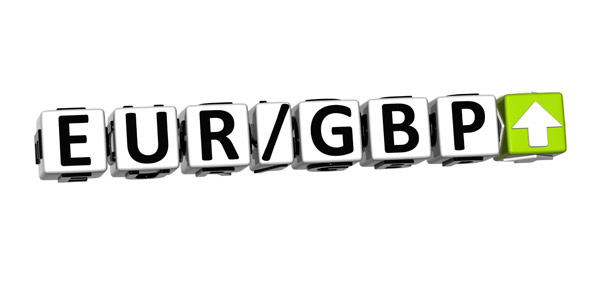Yesterday, trading in the EUR/GBP cross rate was confined to a tight range near the recent lows. The EUR/GBP cross rate jumped higher upon the publication of the Minutes of the July BoE meeting.
On the 5th of July, the Bank of England decided restart its asset purchase program by announcing an additional £50 billion of asset purchases, to a total of £375B. The Minutes of the meeting show that 7 members voted in favour of the proposition to finance a further £50 billion of asset purchases by the issuance of central bank reserves. Two members (Dale & Broadbent) on the contrary preferred to maintain the stock of asset purchases at £325B. The Monetary Policy Committee believed that the near-term outlook for growth had weakened and added that it now seemed possible that output would be roughly flat over 2012 as a whole.
While there were risks to medium-term inflation in both directions, developments since the previous meeting meant that the upside risk had declined. The Minutes showed that members discussed the case for increase by either £50 billion or £75 billion, but decided that in the light of potential stimulus provided by other recent and prospective policy initiatives; an additional £50 billion was appropriate at the July meeting. Remarkably, also the case for a cut in the Bank Rate was discussed as the MPC said the impact of FLS (Funding for Lending Scheme) and other policy initiatives might in time alter the Committees assessment of the effectiveness of such a rate reduction. There are some surprises in the minutes, first of all that two members voted against an increase in the amount of asset purchases, but second also that the BoE keeps the door open for a rate cut.
The message of the Minutes was mixed. However, a rise of £75 of asset purchases was also discussed and, probably even more important from a currency point of view, the issue of a rate cut is again on the radar. For now, there are no indications that the BoE will take this step anytime soon, but its assessment can change over time. The market clearly focused on the soft factors in the report. EUR/GBP jumped temporary to the 0.7869 area. However, at that time the global performance of the euro was not really inspiring. So, EUR/GBP soon took the way south again and even set a minor now low at 0.7830. From there, the euro found a better bid overall. EUR/USD closed the session at 0.7847, little changed from the 0.7846 close on Tuesday.
Today, the UK calendar contains the retail sales. A second consecutive monthly rise is expected. Of late, trading in sterling was in the first place driven by global factors. The UK currency is currently also a beneficiary from the (cautious) improvement in global sentiment on risk. The UK eco data are often only of second tier importance. Nevertheless, a strong retail sales report might keep sterling to hold strong against the euro. The decline of EUR/GBP is slowing, but the at least for now, there are no indications that a forceful rebound is at hand.
From a technical point of view, the EUR/GBP cross rate was captured in a consolidation pattern following a longstanding sell-off that started in February and ended Mid-May when the pair set a correction low at 0.7950. From there, a rebound/short squeeze kicked in.
Continued trading above the 0.8100 area would call off the downside alert and improve the short-term picture. The pair tried several times to regain this area, but without sustainable results. Finally, EUR/GBP dropped below the 0.7950 range bottom. This break opens the way to the next high profile support, in the 0.77 area (Oct 2010 lows). The pair is oversold, suggesting that the decline might shift into a lower gear short-term






Comments are closed.